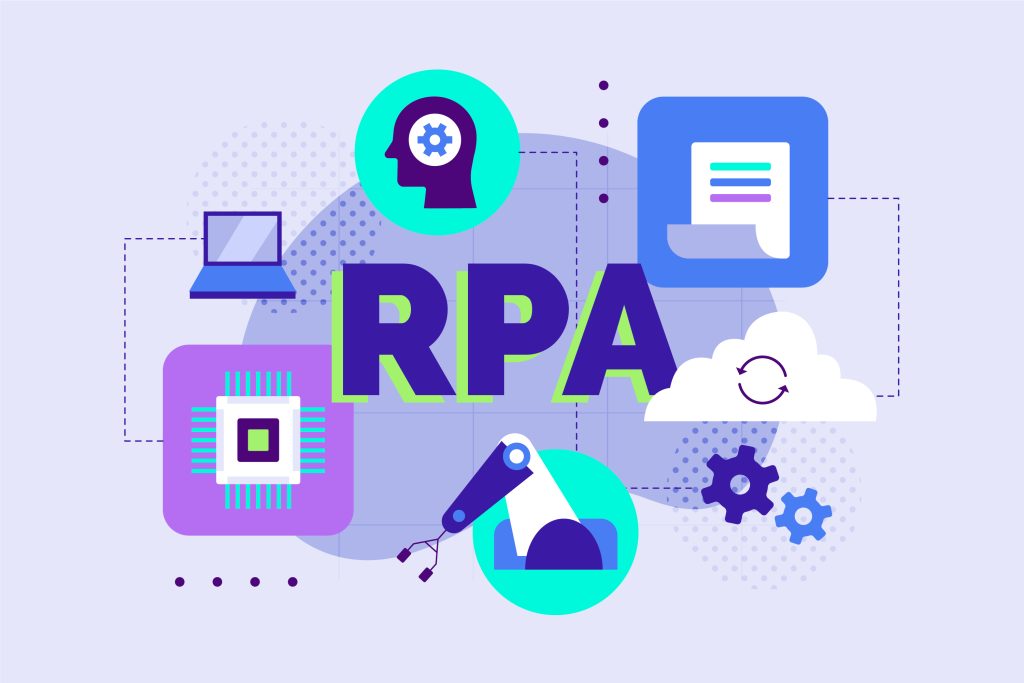Introduction to robotic process automation (RPA)
Robotic process automation (RPA) is a type of software that automates certain business processes by using robotics. RPA can be used to automate tasks such as customer service, accounting, and sales. RPA can help businesses save time and money by reducing the amount of work that needs to be done by human employees.
RPA can be used to automate a variety of different tasks. Some of the most common uses of RPA are customer service, accounting, and sales. customer service tasks can include handling customer complaints, providing support, and answering questions. accounting tasks can include reconciling accounts, preparing financial reports, and issuing invoices. sales tasks can include managing sales leads, closing sales, and tracking sales progress.
There are a number of different software platforms that can be used to implement RPA. some of the most commonly used platforms include automation platform provider (APPs) such as Salesforce, Microsoft Dynamics, and Oracle.
What are the benefits of using RPA tools?
There are many benefits to using RPA tools, including the following:
1. Speed to Market: RPA tools can help companies to speed up the process of developing new products or services.
2. Reduced Costs: By using RPA tools, companies can reduce the costs associated with traditional methods of product development, such as human resources and development resources.
3. Increased Productivity: RPA tools can help to increase the productivity of employees, allowing them to focus on more important tasks.
4. Increased Flexibility: RPA tools can give companies the flexibility to adjust their workforce to meet changing demands.
5. Reduced Risk: RPA tools can help to reduce the risk associated with new product development, as they can help to speed up the process and reduce the chances of errors.
3. Top 10 RPA tools for business in 2022
When it comes to business automation, there are a few powerful tools available that can help automate processes and make your work life a little bit easier. Here are ten of the best RPA tools for business in 2022:
1. Amazon Mechanical Turk (MTurk). MTurk is a platform that allows businesses to connect with workers from around the world to perform tasks that can be automated. This can be a great way to save time and money, as tasks can be completed quickly and cheaply.
2. IBM Watson. IBM Watson is a powerful AI platform that can be used to automate tasks and processes. This can save businesses a lot of time and money, as tasks can be completed quickly and with minimal human input.
3. Microsoft Azure. Microsoft Azure is a cloud platform that can be used to power a wide range of applications and services. This makes it a great option for businesses that want to expand their reach and scale their operations.
4. RoboForce. RoboForce is a powerful RPA tool that can automate a wide range of business tasks. It has features such as automation of customer service, sales, and marketing tasks, and can handle a large number of tasks at once.
5. IBM Bluemix. IBM Bluemix is a cloud-based RPA platform that can help businesses automate their workflows. It has features such as automation of data entry, processing, and analysis, and can handle a large number of tasks at once.
6. Asana. Asana is a popular RPA tool that can help businesses automate their workflows. It has features such as automation of tasks, communication, and tracking, and can handle a large number of tasks at once.
7. Desk.com Desk.com is a cloud-based RPA, When it comes to automating business processes, there are a number of software options available, each with its own strengths and weaknesses. In this article, we’ll take a look at 10 of the most popular RPA tools for business in 2022.
8. AI-powered RPA. The most popular type of RPA is AI-powered RPA. This technology uses artificial intelligence (AI) to automate business processes. AI-powered RPA is powerful because it can quickly and accurately carry out tasks that would traditionally be handled by human employees.
9. Chatbot Automation. Chatbots are another type of AI-powered RPA. Chatbots are software programs that can interact with users via chat. They can be used to automate tasks such as customer service or sales.
10. Robo-advisors. Robo-advisors are another type of AI-powered RPA. Robo-advisors use algorithms to manage investment portfolios. They can help businesses save save time and money by reducing the amount of work that needs to be done by human employees.
Evaluation of the top 10 RPA tools
In order to properly evaluate the top 10 RPA tools, it is important to understand what RPA is and what it can do. RPA, or remote personal assistant, is a technology that automates tasks or processes that would traditionally be done by humans. These tasks might include data entry, customer service, or even sales. RPA tools make it easy for businesses to take advantage of this automation, freeing up employees to do more important tasks.
The 10 best RPA tools are all very different, but they all have one thing in common: they make it easy for businesses to get the most out of RPA. They are all easy to use, and they all have extensive capabilities.
Conclusion
According to a recent study conducted by the Gartner Group, 73% of respondents said they will use robots in their organizations within the next two years. This indicates that organizations are beginning to see the benefits of using robots in their workforces.
Robots can help organizations save time and money by automating tasks that are currently done by humans. They can also help organizations to increase efficiency and productivity by eliminating manual tasks.
However, there are some considerations that organizations should take into account when using robots in their workforces. First, the robots need to be properly programmed so that they can carry out the tasks that are assigned to them. Second, the robots need to be able to work in a safe and secure environment. Finally, the robots need to be able to communicate with the rest of the organization so that they can carry out their tasks effectively.
Overall, robots are a beneficial tool that organizations should consider using in their workforces.


